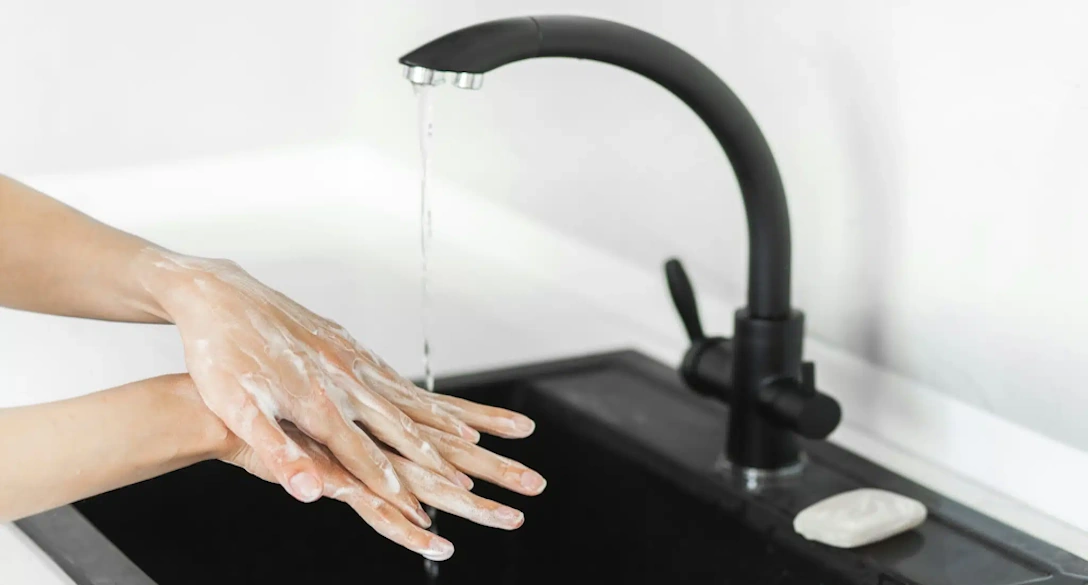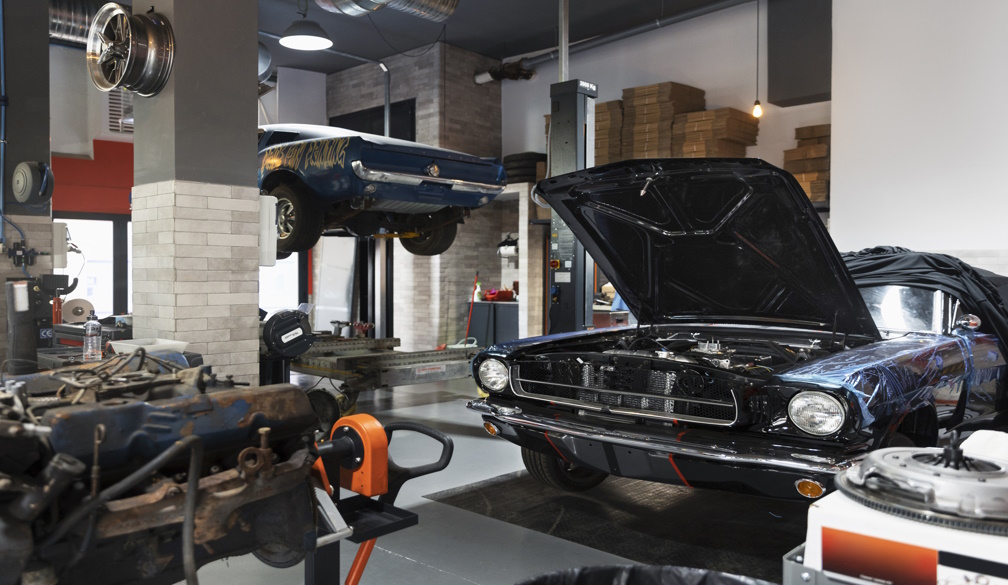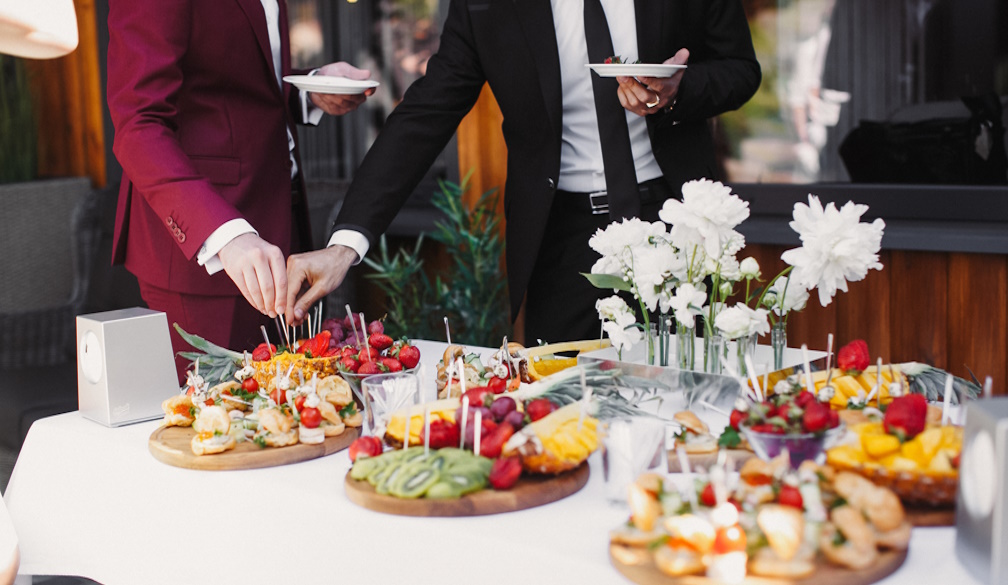how the US election reveals Rupert Murdoch's political colours
- Written by Denis Muller, Senior Research Fellow, Centre for Advancing Journalism, University of Melbourne
Joe Biden’s victory in the US presidential election raises a perennial question about what Rupert Murdoch does when the candidate he has opposed wins.
Answer: He adapts and he waits. Electoral cycles last three, four or five years. Murdoch has been wielding power for five decades.
Murdoch is a chameleon. It is true that when political and business conditions are favourable he glows brightly in blood-red conservatism. But when, as now, conditions are uncertain, the colour dims and takes on a more complex hue.
The voices and front pages of the empire become more diverse. It gets harder to exactly pin down where the emperor himself stands. He deflects awkward questions by saying he defers to his editors, or he claims to have retired and says he will speak to the heir, his son Lachlan.
These are the first steps in a shadowy repositioning, and we have seen it happen time without number.
Reactionary ideology is important to Murdoch, but not as important as making money.
Money not only keeps the shareholders happy, it provides the means by which he can subsidise his unprofitable or barely profitable newspapers because they are crucial to the way he wields power.
Read more: Paper chase: why Kevin Rudd's call for a royal commission into News Corp may lead nowhere
So the priority when a disfavoured candidate or party wins is to do nothing to antagonise the new regime and instead proffer a small olive branch. Last Sunday’s New York Post banner headline – “It’s Joe Time” – was a classic of the genre.
Over on Fox News, he remained quiet when the Fox “decision desk” called the crucial state of Arizona for Biden, absorbing pressure and entreaties from Trump’s people to intervene.
All of a sudden, the chorus of pro-Trump voices on Fox became a discordant racket. Some, like Sean Hannity, amplified Trump’s claims of electoral fraud. Others, like Neil Cavuto, cut off Trump’s press secretary for making the same claims.
The New York Post, which ran a highly questionable story against Hunter Biden in the last week of the campaign, was suddenly dismissing Trump’s claims as baseless and urging him to accept the result.
Conflict, confusion and contradiction are part of the strategy. Murdoch allows it to unfold. It sends a signal to the Biden White House: we can live with you.
The strategy was helped along on November 13 when Trump sent out a tweet saying the daytime ratings on Fox News had collapsed because they had forgotten what made them successful – the “Golden Goose” – an immortal self-description if ever there was one.
There was a similar pattern to the Murdoch strategy in Australia in 2007 when it looked certain that Labor under Kevin Rudd would end the long reign of John Howard.
In his book Rupert Murdoch: A Reassessment, Rodney Tiffen recounted that, while Murdoch did not want to be backing the losing side, it was difficult for his editors to persuade him to back Rudd.
Read more: Book review: Rupert Murdoch – A Reassessment
In the end, some of Murdoch’s papers, including The Australian, backed Rudd, while others, including Melbourne’s Herald Sun, were allowed to back the Coalition.
The endorsements were pallid, nothing like the full-throated propaganda characteristic of the Murdoch papers when they are unified behind a conservative cause. The chameleon had turned into a blur of pale reds and blues.
Then in 2018, when it looked as if Labor might beat Malcolm Turnbull’s Coalition in 2019, Murdoch once again showed how the business pragmatist triumphs over the ideologue.
According to Turnbull in his autobiography, A Bigger Picture, Murdoch told the West Australian media mogul Kerry Stokes: “Three years of Labor wouldn’t be too bad.”
He prefers it when the Labor side is led by moderates who are amenable to business: Bob Hawke, Paul Keating, Britain’s Tony Blair. But, even then, his endorsements tend to be muted, nothing like “Kick this mob out” on the front page of Sydney’s Daily Telegraph when he opposed Labor in 2013.
In Britain, Murdoch has employed the same tactics. Although his mass-circulation Sun supported Labour in 1997, 2001 and 2005, he allowed the prestigious Sunday Times to support the Conservatives.
But when it comes to endorsing the conservative side of politics, there is no pussyfooting around.
When he turned on Labour after Gordon Brown had succeeded Blair as prime minister, he unleashed the full Murdoch treatment.
Just as Brown was about to deliver his speech to Labour’s annual conference in September 2009, The Sun declared Murdoch’s abandonment of Labour with the banner headline “Labour’s lost it”.
From then until the 2010 election, Murdoch’s ruthless campaign in support of David Cameron’s Conservative Party was carried by all his papers, The Sun in the vanguard with headlines such as “Brown toast”.
At elections, Murdoch has two priorities.
One is always to try to ensure the new regime, whatever its political colour, does not implement regulatory change that will disadvantage the business.
The second is to be on the winning side. This is important to the maintenance of the belief – at least in the minds of politicians – that he is a kingmaker.
When it is clear the progressive side of politics is in the ascendant, the chameleon can start changing colours early and might even complete a transformation before election day.
When it is not a sure thing, however, the skin-deep transformation has to begin when the results come in.
That is what is on display in the US now.
Authors: Denis Muller, Senior Research Fellow, Centre for Advancing Journalism, University of Melbourne



















